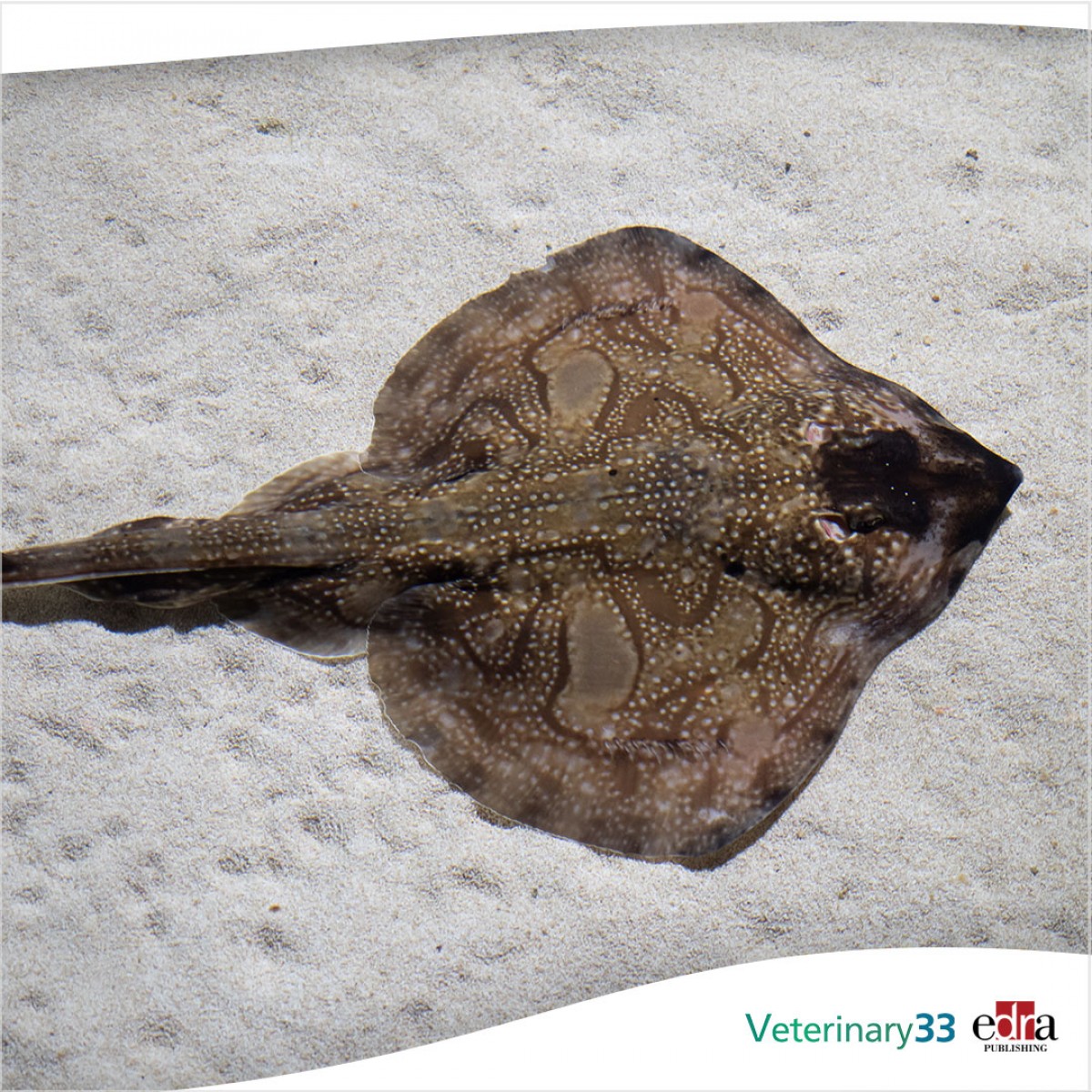Plasma vitamin, mineral concentrations in captive greater flamingos
The greater flamingo (Phoenicopterus roseus) is often maintained in managed care. Although values for plasma concentrations of minerals and vitamins have been published for this species, limited studies investigate the effects of diet changes on these values.
Plasma concentrations of selected vitamins (A [and the provitamin A carotenoid β-carotene] and E), minerals (Ca, Cu, Fe, K, Mg, Mn, Na, inorganic P, Se, and Zn), and total protein (TP) were measured in a zoo collection of greater flamingos in November 2018 (n = 48) and in November 2019 (n = 52), 30 days after a change from the summer diet to different winter diets. Chloride, cholesterol and triglycerides were only measured once in 2019. The nutrient profiles of the two complete diets (labeled and analyzed) differed considerably, especially for the canthaxanthin concentration.
The plasma concentrations of β-carotene, Cu, Fe, Mg and Se were significantly higher and vitamin E, Ca, Mn, Na and TP were significantly lower in 2018 than in 2019. Four minerals — Cu, Fe, Mg, and Zn — were measured using both spectrophotometry and inductively coupled plasma mass spectrometry. All these minerals showed significant differences between the two methods.
In conclusion, based on the results of the study, researchers said that both the influence of diet and the detection method used for circulating nutrients must be considered when interpreting the plasma vitamin and mineral concentrations in greater flamingos.
Christoph Leineweber, et al. “Plasma vitamin and mineral concentrations in captive greater flamingos (Phoenicopterus roseus) as influenced by diet change.” J Zoo Wildl Med. 2022 Sep;53(3):561-572. doi: 10.1638/2021-0104.














List
Add
Please enter a comment